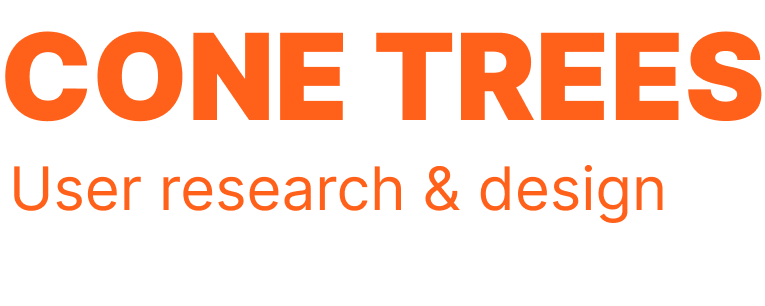When I explain usability to a layman, it’s understood when I say I make websites and apps easy to use or “user-friendly”, since this is a term which got popular towards the end of the nineties. If they don’t, then I go on to add that I design products so they are simple enough for even their grand moms to use. This usually works (though it’s not really true at all- it’s about context of use, but it works for explaining what I do nonetheless).
So, what can be considered as the official definition of usability? Well, the International Standards Organization (ISO) offers not one but two definitions of usability. One definition describes usability as quality of use and the other describes usability as a software quality. Stick to the first ISO 9241 (usability as a quality of use) definition and frame your easy to understand definition within your organization around this.
Usability as quality of use
According to part 11 titled ‘Guidance on Usability’ of the ISO 9241 standard (1998), usability is the:
Extent to which a product can be used by specified users to achieve specified goals with effectiveness, efficiency and satisfaction in a specified context of use.
ISO 9241 is a standard covering a number of aspects for people working with computers. Currently titled ‘Ergonomic requirements for office work with visual display terminals (VDT), it will be available as ‘Ergonomics of Human System Interaction’ in the near future.
Usability as a software quality
Part 1 of ISO/IEC 9126 (1992) defines Usability as one of the six characteristics to describe software quality as:
A set of attributes of software which bear on the effort needed for use and on the individual assessment of such use by a stated or implied set of users.
ISO/IEC 9126 was superseded since 2005 by ISO/IEC 25000, the latest being ISO/IEC TR 25021:2007, ‘Software engineering- Software product Quality Requirements and Evaluation (SQuaRE)- Quality measure elements’.


Leave a Reply